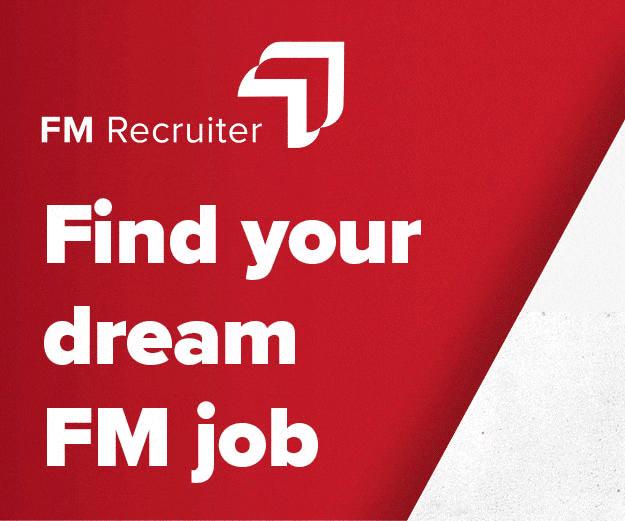Liam McNeill, Vice President, EMEA at UKG
In a recent speech given by Jeremy Hunt, the UK chancellor set out his priorities for the economy in the coming months. In it, he raised as one of his key priorities, the need to reduce the number of vacancies in the UK and entice those that have retired early, back into work.
In fact, it was stated that there are currently 6.6 million people that are “economically inactive” in the UK, with one million of those people aged between 50 and 64.
Yet recent research from the Chartered Management Insitute would suggest that businesses are less open to hiring more seasoned workers than they are younger prospective employees. Of 1,000 people managers working in UK businesses and public services, just four in ten said they were open “to a large extent” to hiring people aged between 50 and 64.
If business leaders are serious about filling the growing volume of gaps in their workforce, they must be more proactive in their attempts to accommodate them.
Early retirees seized their moment during the pandemic
Figures from the Office for National Statistics (ONS) show that those aged 50 and over took the opportunity to settle down during the pandemic. In fact, this age group saw the most significant increase in inactivity since the start of the pandemic out of all age groups. The number of people aged 50 to 70 that moved from economic activity to inactivity between the second and third quarters of 2021 was 87,000 higher than in the same period in 2019.
Parallel to all of this, the UK unemployment rate currently sits at an alarmingly low 3.7%, and job vacancies remain unfilled. Such circumstances present a clear need to not only manage existing resources more effectively, but also to work to expand the workforce and entice early retirees back to work.
Supporting the modern employee
Workers over 50 years of age have left the workforce across all industries. The modern employee is yearning for an employer who values them at work and respects their life outside of it. Regardless of what generation an employee is from, we all have non-work responsibilities and want to be present for them.
To combat this, HR leaders must carefully consider the diverse needs of their employees and cater to the varying approaches to work and life. This includes allowing people to manage their own schedules and easily communicate with managers and teammates to better achieve a work-life balance.
Giving an employee autonomy over the schedule in order to support them in managing work around their life is a crucial step in this. In the age of hybrid working, more so than ever professional commitments can fit comfortably around caregiving duties and other life commitments. This will in turn contribute to a better employee experience and boost the overall engagement at your organisation.
There is also work to be done in creating a welcoming workplace that successfully meets the needs of all employees regardless of age. Different generations have different preferences and needs, and work must be moulded around these. This includes in how they are communicated with, when they are communicated with and ensuring that all communications are relevant to their specific needs and lives. Today’s employers must strive create a workplace culture where employees, young and old, feel supported, inspired, and empowered to enjoy life in and outside of work.
Harnessing tech for recruitment and retention efforts
The UK is fast approaching recession. Business leaders must assess their current workforce – which are largely Gen Z, Millennials, and Gen X – and look to empower employees and managers as part of their retention strategies.
By automating their workforce management strategy and accessing insights that can provide a better understanding of the workforce, business leaders can make timely, accurate, and company-specific decisions to help solve critical HR issues such as absence, shift scheduling, or gauging employee morale.
Tools such as modern workforce management solutions can also facilitate enhanced communication between employer and employee, gather critical data on employee sentiment, allow employees to provide anonymous feedback and champion the employee voice.
Data analytics tools for employee engagement are also instrumental in helping organisations understand different generations’ desires and expectations. These technologies offer employers insight into the needs of every employee and can be the crucial difference as we look to navigate the challenges ahead.
Successfully leveraging these tools requires a complete understanding of overall business objectives, strategies, and how these two channels align within your company. This means that you can make practical and forward-thinking decisions that help the business and its employees.






















































































